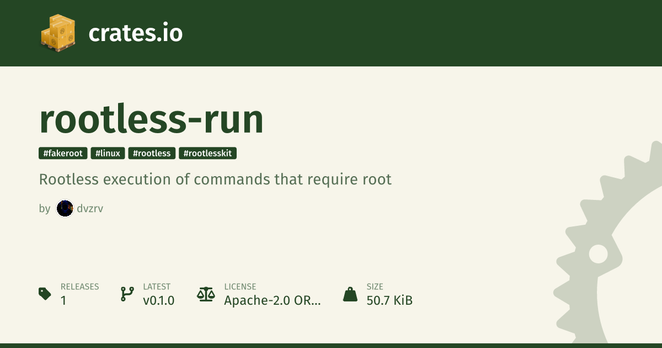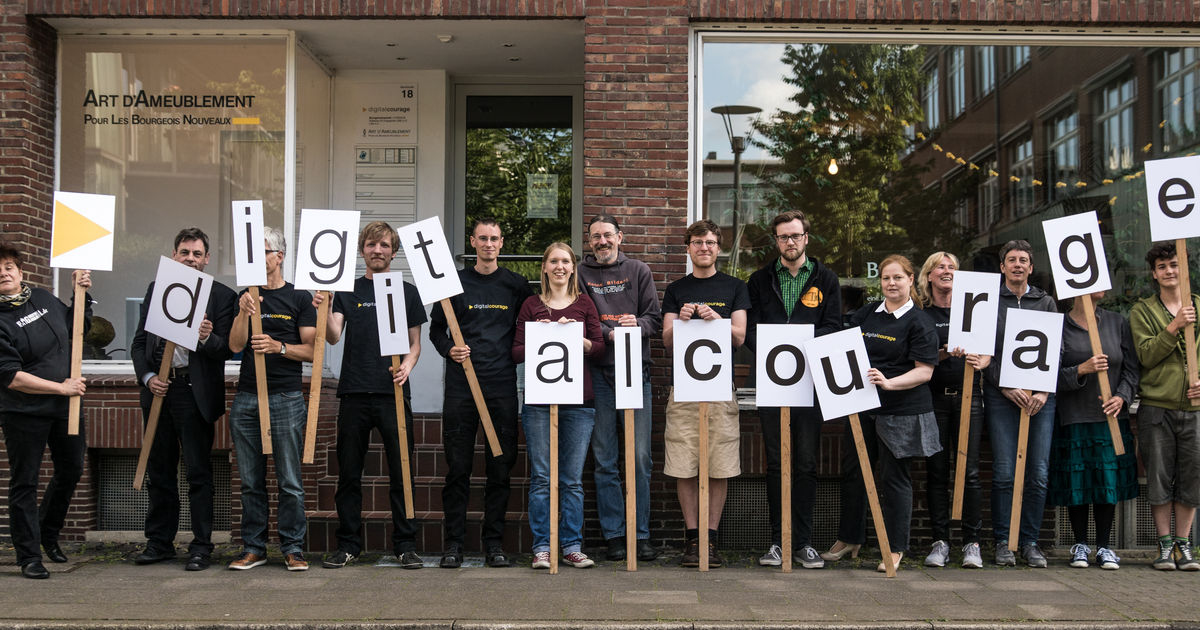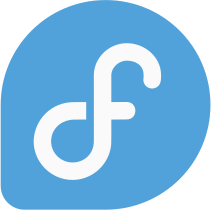I have just released a small #RustLang library for running commands as root as an unprivileged user - aka #rootless.
https://crates.io/crates/rootless-run/0.1.0
It has been created in the context of the #ALPM project to allow running commands using #fakeroot or #rootlesskit and paves the way for a simple Rust-based implementation.
In the future we plan to use it in the ALPM project to run commands that require root as unprivileged user.



